The Childhood Cancer Blog
The Childhood Cancer Blog
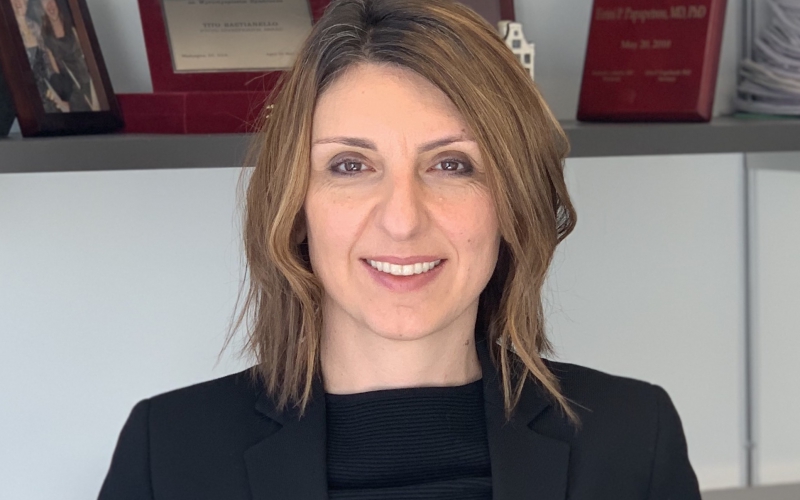
Eirini Papapetrou, MD, PhD from the Icahn School of Medicine at Mount Sinai
by Trish Adkins
When Eirini Papapetrou, MD, PhD from the Icahn School of Medicine at Mount Sinai started her lab, she devoted her research to developing specialized iPSC models.
This might not mean a lot to those of us who are not researchers. But these models—made from patient-derived cells—could be the key to understanding the drivers behind certain types of acute myeloid leukemia (AML), one of the most difficult and deadliest types of pediatric leukemia.
The development of iPSC... Read More
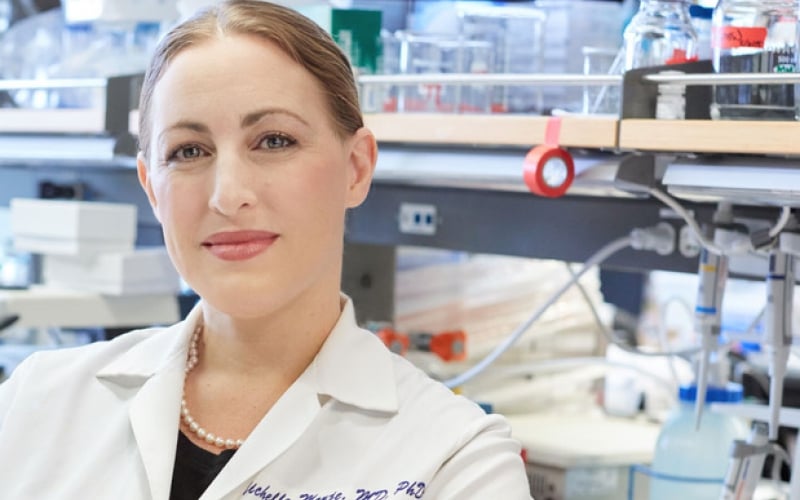
Michelle Monje, pictured here at her lab at Stanford University. In addition to DIPG research, Dr. Monje also studies spinal cord tumors, which can share genetic characteristics similar to high-grade gliomas like DIPG. Dr. Monje is also the co-chair for the High-Grade Glioma section at ALSF's Crazy 8 meeting this September in Philadelphia.
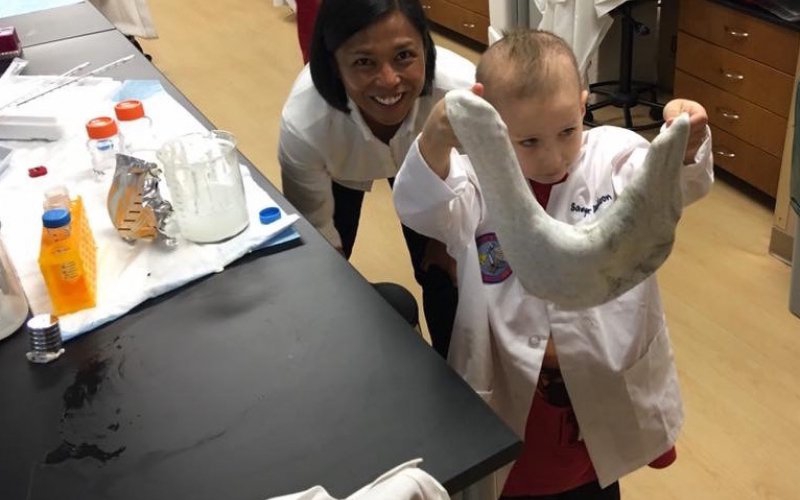
Dr. Catherine Flores, pictured above, with Sawyer. Sawyer dreamed of being a scientist and Dr. Flores opened her lab up to him for the day. Sadly Sawyer passed away from a brain tumor. “As lab researchers, we generally don't come in contact with patients, but it was amazing to see who we are trying to help. Interacting with him during a fun time made me want to work even harder. It also made me realize that receiving grants and manuscripts (our metrics as academics) are great, but they are nothing compared to actually finding a cure,” said Dr. Flores
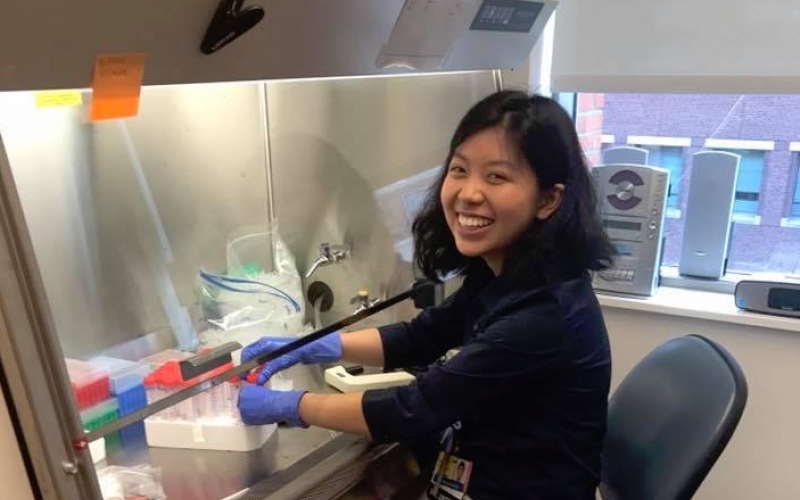
ALSF POST-Grantee Sabrina Wang is continuing her pediatric oncology education and career as a research technologist—focusing on gathering, cataloging and organizing data—with Dr. Rubens at Johns Hopkins.
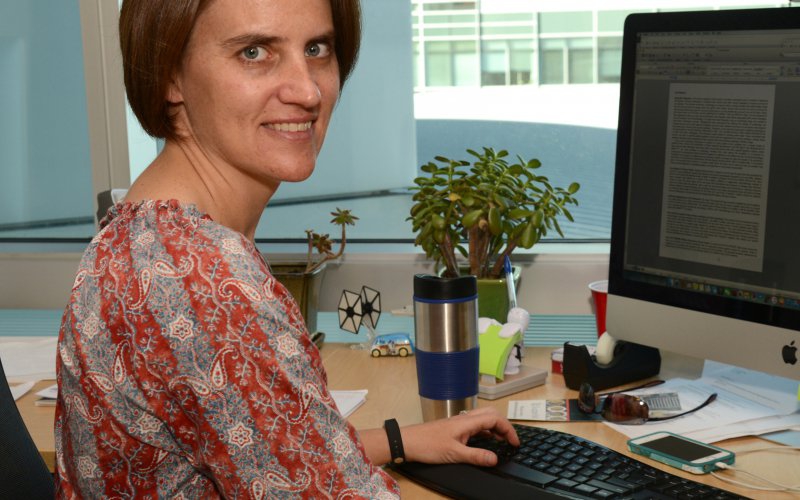
Dr. Jean Mulcahy-Levy’s research focuses on how blocking a cellular process called autophagy could eliminate brains tumors that have a specific mutation. All cells—both normal and cancer cells—perform autophagy, which is basically a cell-recycling program.
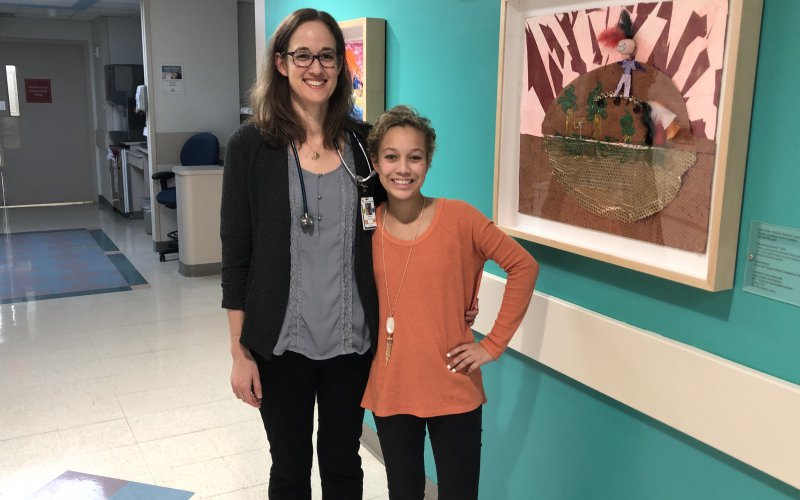
Dr. Jennifer Foster, a pediatric oncologist at Texas Children’s Cancer Center, pictured above with 13-year-old Eden Green, who is battling a rare one-of-a-kind tumor. Dr. Foster is leading a clinical trial that focuses on the treatment of relapsed solid tumors.
by Trish Adkins
According to the UNESCO Institute of Statistics, less than 30-percent of the world’s scientific researchers are women. As the world works to narrow the gender gap, women researchers are working on cures for childhood cancer—both in the lab and the clinic.
In honor of International Women’s Day and Women’s History Month in March, meet five women leading the way to cures for childhood cancer:
Dr. Catherine Flores
Being a researcher is not a... Read More
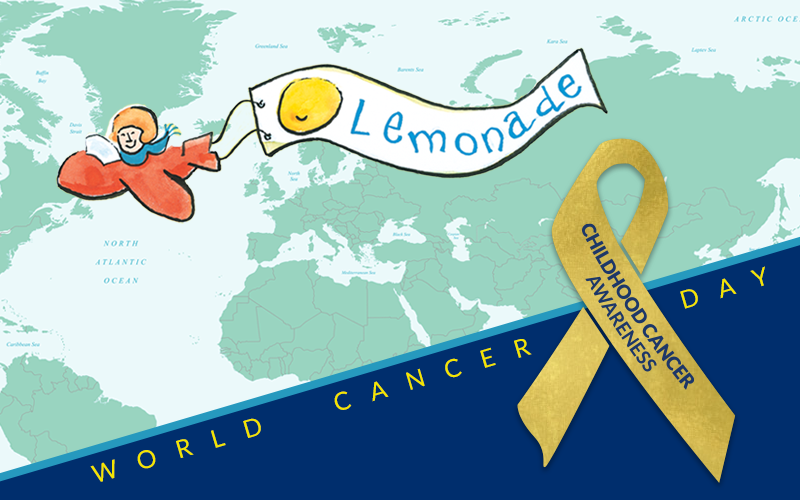
Every day of every month of every year, hundreds of new kids are affected by cancer worldwide. Please help spread awareness about the fight for cures today. Until there are cures for all children, more work must be done.
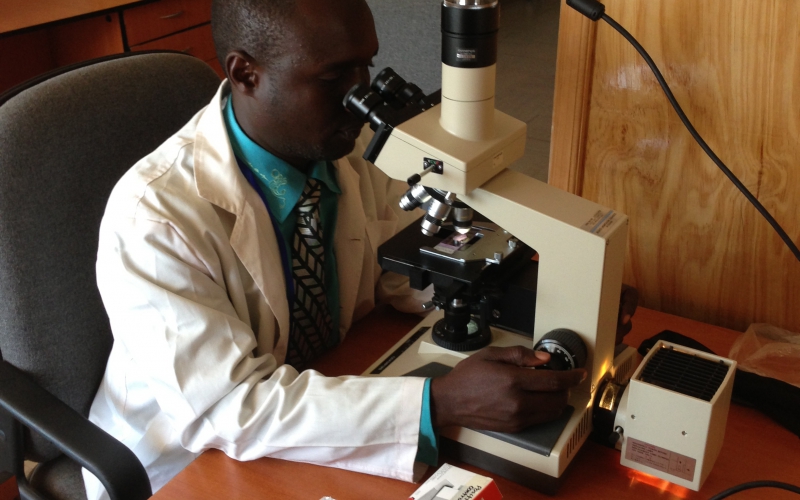
While some types of childhood leukemia have extremely high cure rates in the developed world, countries like Kenya lack the medical infrastructure to make early diagnosis a reality for children who appear symptomatic.
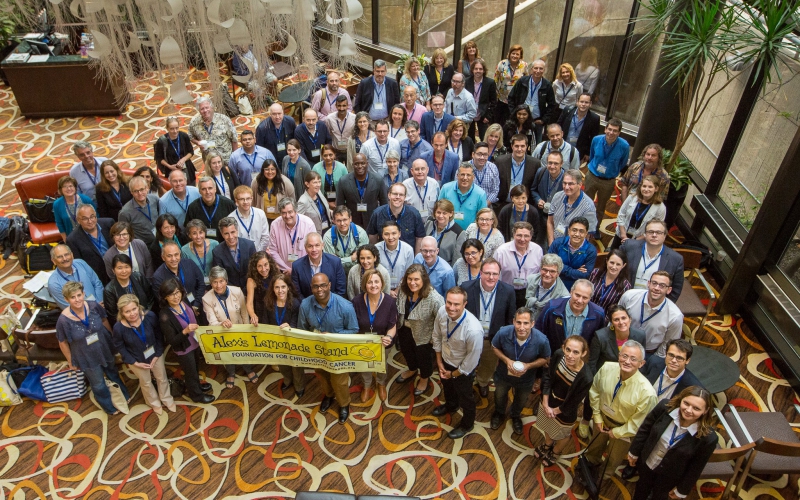
Researchers all around the world are working to find cures for childhood cancer. Pictured above, the 90 Crazy 8 Initiative researchers who gathered in Philadelphia in 2018.
Every day, around the world, over 700 children are diagnosed with one of the hundreds of types of childhood cancer—the equivalent of an entire elementary school of children.
And everyday, researchers, powered by Alex's Lemonade Stand Foundation (ALSF) funding are making a difference in the lives of children with cancer by ensuring access to treatment, individualizing safer drugs and pioneering breakthroughs that will lead to cures. From creating opportunities for international collaboration to making the ... Read More
Pages










